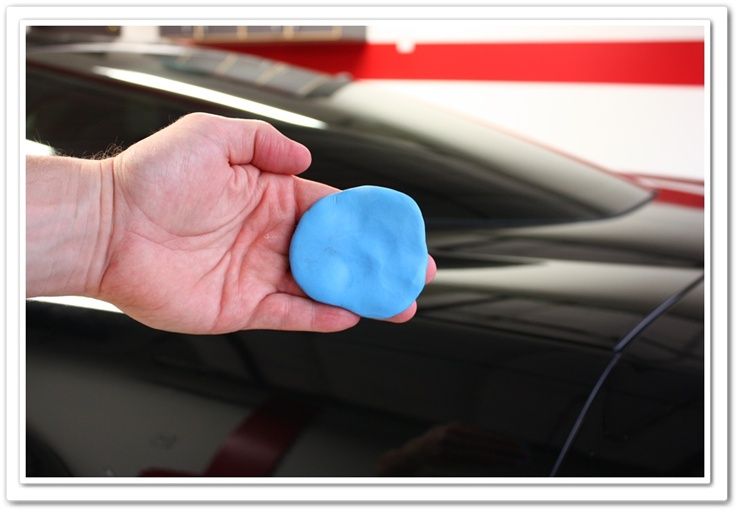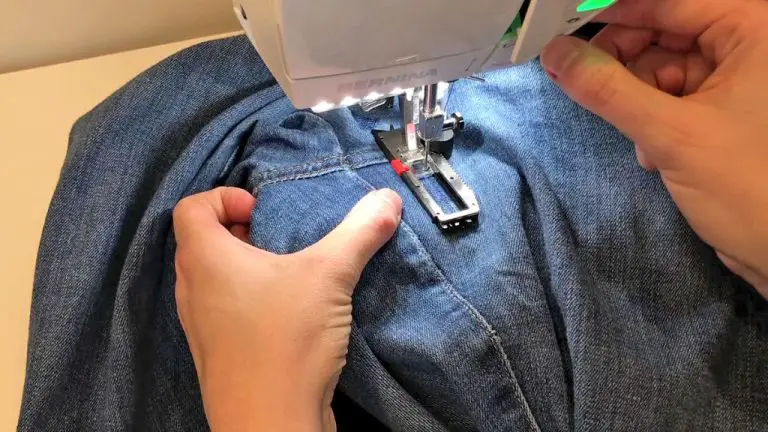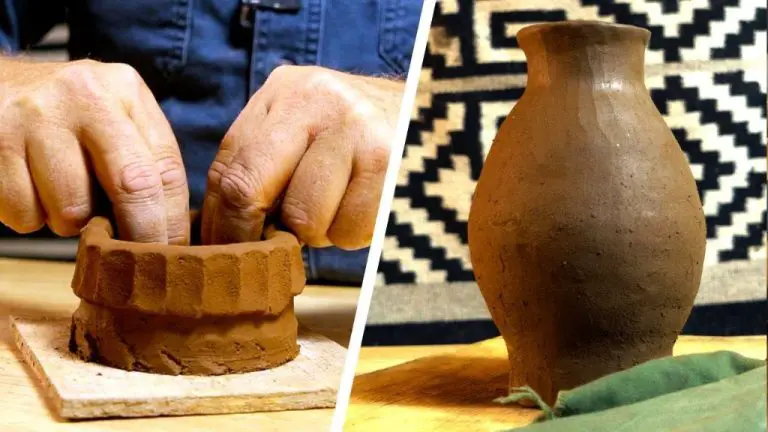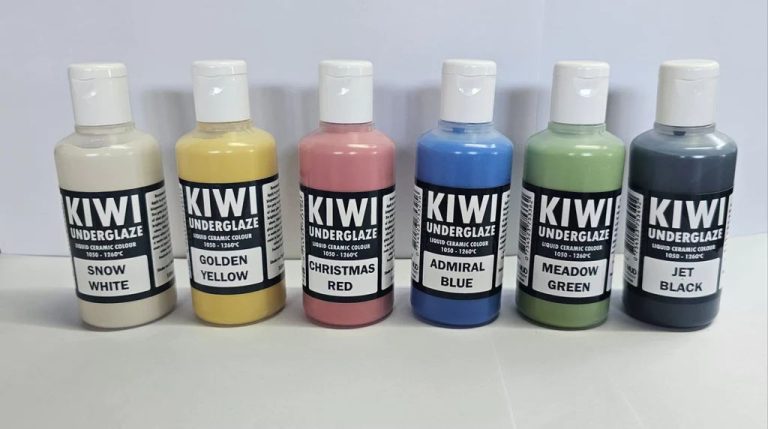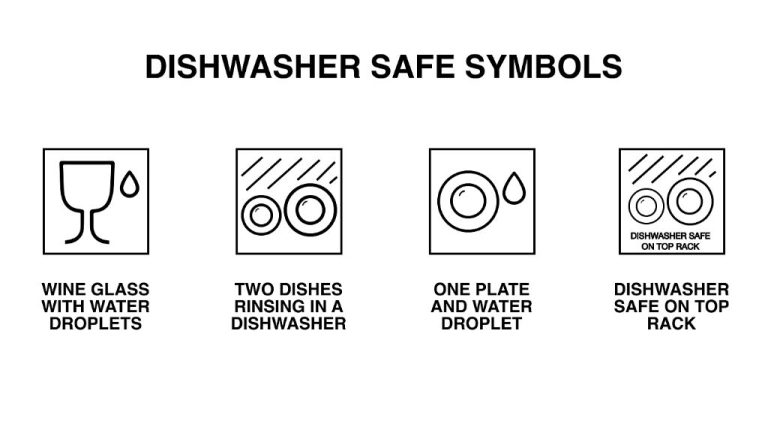What Can You Make With A Clay Extruder?
A clay extruder is a tool used in pottery and ceramics to produce continuous and consistent lengths or strips of clay for handbuilding techniques like coiling and slab building (Source). It works by pushing or forcing clay out through a shaped opening or die. There are a few different types of clay extruders:
- Hand extruders – These are hand operated and involve turning a crank or screw to push the clay out.
- Powered extruders – These use an electric motor to extrude the clay.
- Bench mounted extruders – Mounted to a work surface or bench.
- Wall mounted extruders – Mounted to a wall for stability.
Extruders allow consistent and repeatable results when creating handbuilt works. They are especially useful for making long coils for pots and vases as well as sheets of clay for slab building (Source).
Modeling Clay/Play Dough
A clay extruder is a useful tool for making fun shapes and figures out of modeling clay or play dough. With an extruder, you can easily make long snakes, worms, and coils out of clay. Extruders typically have multiple openings that allow you to create different shaped “noodles” of clay.
Snakes and worms are classic play dough creations that are easy to make with an extruder. Simply push a lump of clay through the round opening to create a thick “noodle” that can be shaped into a snake. Use a thinner opening to make long thin worms. Let the clay extrude through the opening and coil it into a pile. Snakes and worms are fun for imaginary play or for decorating clay projects.
Extruders can also be used to make simple shapes like stars, hearts, or alphabet letters. Press the clay into the shaped opening and let it come out the other side. Use a knife to cut the shape off the end of the coil. These shapes can be used to decorate objects made from clay slabs or coils.
Long coils are another great extruder technique. Choose a round opening and continuously extrude a coil, letting it build up into a large spiraled mound. Coils can be used to make bowls, vases, or decorative objects. The long continuous coil gives more flexibility and strength than small separate coils.
With a quality clay extruder, making snakes, worms, shapes, and coils out of modeling clay or play dough is fun and easy. Let your imagination run wild!
Slab Building
One of the most popular techniques for working with clay extruded from a clay extruder is slab building. Slab building involves rolling out slabs of even thickness and using them to construct pottery pieces.
With a clay extruder, it’s easy to roll out slabs of consistent thickness. You simply pass clay through the extruder die to create a long sheet of clay. Using guides, you can control the height of the die opening to get different thicknesses. Many potters use guides like 1/4″ spacers or play cards to get slabs of the desired thickness (https://ceramicartsnetwork.org/pottery-making-illustrated/pottery-making-illustrated-article/In-the-Studio-Small-Scale-Extruding).
Once the slabs are rolled out, they can be used to construct pottery pieces. Slabs can be cut into shapes and joined together with slip. Coils and slabs can also be combined. With careful joining techniques, slab building allows you to make a wide variety of pottery items.
Coil Building
Coil building with a clay extruder involves making long coils that are then coiled into various pot and bowl shapes. After extruding coils of a consistent thickness, the clay is worked into a spiral shape while still soft and pliable. Coils are stacked gradually and smoothed together from the inside, using tools or fingers to blend the seams.
Extruders allow for quickly making uniform coils in a continuous length. This enables easily building up taller vessels by coiling, as shorter handmade coils can be more limiting. The extruder coils also join together cleanly with fewer cracks and weak points than irregular hand-rolled coils.
When coil building with an extruder:
- Aim for coils of an even thickness, around 1/4″ or thicker. Thinner coils are more prone to cracking.
- Work slowly and gradually. Allow coils to firm up slightly before adding another layer.
- Blend each coil carefully into the layer below by smoothing from the inside surface.
- Compress and meld the coils fully to avoid interior cracks after drying.
- Allow proper drying time between adding coils to prevent slumping or collapsing.
Coil pots often have a rustic look but can also be refined into smooth, elegant pieces. The technique allows creating unique shapes and designs not easily made with other methods. With some practice using an extruder, coils can be quickly produced and turned into beautiful handbuilt vessels.[1]
Making Tiles
One of the most common uses of a clay extruder is to make ceramic tiles. With an extruder, you can create tiles in a variety of shapes such as squares, rectangles, hexagons, triangles, and more. The extruded clay can be cut to the desired tile size and then finished and fired.
Tile extruders allow you to easily create consistent, uniformly sized and shaped tiles. Some extruders have interchangeable dies that shape the clay into different tile forms as it is extruded. You can also texture the extruded tiles by using textured rollers over the clay after it’s been extruded. This imprints patterns like wood grain, stone, or other textures onto the tiles.
Glazing extruded tiles provides limitless options for customizing the look. Different glaze colors, textures, effects like cracking or crazing, and more can be achieved. As with handmade tiles, extruded tiles offer the ability to create completely unique glazed surfaces.
For detailed guidance on making tiles with an extruder, see this excellent tutorial from Ceramic Arts Daily: Using Tile Extruder Machine (Peter Pugger)
Making Flower Pots
Clay extruders are commonly used to make simple rounded flower pots in a variety of sizes. The extruder allows you to quickly produce small hollow cylinders that can then be trimmed and finished into a basic pot shape. Drainage holes can easily be poked into the bottom of the extruded pots before firing them in a kiln.
One advantage of using an extruder for flower pots is the ability to create multiple pots with very uniform shapes and thicknesses. The extruder die ensures each pot starts off with an identical form.
Flower pots made with an extruder are well-suited to basic glazing techniques like dipping or spraying. More elaborate hand-painted designs are also an option. The smooth surface of an extruded pot provides an ideal canvas for applying colorful glazes and markings.Brightly colored glazes can enhance the organic look of clay flower pots and planters.
For inspiration, view the hand carved extruded planters made by ceramic artist Linda Leonforte. The extruded forms are first bisque fired, then hand carved with designs, and finally finished with unique glazes.
Overall, a clay extruder allows both hobbyists and professional ceramic artists to efficiently produce simple rounded pots suitable for holding plants, flowers, and more. With the addition of hand carved textures, painted designs, and colorful glazes, extruded flower pots can become beautiful works of art.
Making Vases
Clay extruders allow you to easily create vases in a wide variety of shapes and sizes. You can extrude clay to make tall, elegantly tapered vases or short, stout vessels. The possibilities are endless when using a clay extruder.
You can also control the shape of the vase’s neck by using different shaped extruder disks. Round disks will produce wider, more open necks while star-shaped disks can create necks with interesting angular profiles. Slotted disks are another option for making necks with a unique shape.
Clay extruders give you the ability to add beautiful surface patterns and textures to your handmade vases as well. As the clay emerges from the extruder, you can press various objects into it to create decorative impressions. Things like lace, burlap, leaves, seashells, or even kitchen gadgets can be used to make distinctive patterns.
With some creativity and practice using a clay extruder, you’ll be able to produce wonderful handcrafted vases to display fresh flowers or give as gifts.
Making Decorative Objects
Clay extruders allow you to create unique decorative objects like wall plaques, ornaments, and custom shapes. The continuous flow of clay from the extruder makes it easy to produce consistent decorative pieces.
Wall plaques are a great way to display your artistic talents or commemorate a special event or memory. You can cut extruded clay into plaque shapes and use cookie cutters, stamps, or freehand tools to add details. Let the clay air dry or bake it for a more finished look. Hang your custom ceramic plaques around the home or give them as gifts. For inspiration, see this example of a clay extruder wall plaque.
Extruded clay is also perfect for making ornaments. Simply cut the clay into ornament shapes like stars, hearts, balls, or geometric designs after extruding it. Add holes before baking so you can thread ribbon or string and hang your ornaments on a tree or around the home. The ornaments can be painted or glazed after baking for more color and shine. Make ornaments for each season or holiday.
You’re only limited by your imagination when it comes to creating custom decorative clay shapes. Let the continuous clay extrusion inspire you to make house numbers, bookends, figurines, jewelry, and more. Decorative clay objects make great gifts or can be sold at craft fairs and markets.
Making Beads
Using a clay extruder, you can make long coiled beads by extruding coils of clay and cutting them into individual beads. The length of the coils determines the size of the beads. For larger beads, extrude longer coils before cutting. For smaller beads, extrude shorter coils.
After extruding and cutting the coils, you can round and smooth the bead edges by rolling them between your fingers. This helps create a more polished, finished look. The clay should be firm but still pliable at this stage for rounding.
Once shaped, pierce a hole through each bead with a skewer or specialized clay tool. The hole should be large enough to thread the finished bead onto cord, wire, elastic, ribbon or other material. Allow the beads to dry fully before stringing to prevent deformation.
For more tips on extruding and cutting clay coils for beads, see this video: Easy Extruded Square ‘Tube’ Beads – Plus a Hack!
Conclusion
A clay extruder allows for immense creativity and versatility when working with clay. As we’ve seen, you can make a wide variety of objects like modeling clay, slabs, coils, tiles, pots, vases, beads and more. The extruding process enables efficient and consistent production of these clay forms.
With some imagination and skill, an extruder expands the possibilities for clay projects. Complex shapes and textures can be achieved by manipulating and combining extruded pieces. The uniformity of extruded forms also lends well to stacking, layering and assembling creative works.
To get the best results, properly prepare your clay and maintain an even pace when extruding. Allow pieces to dry adequately before handling. Take care not to overwork the clay when shaping extruded pieces. With practice, you’ll find that extruders unlock new potential for innovation and artistry with clay.

